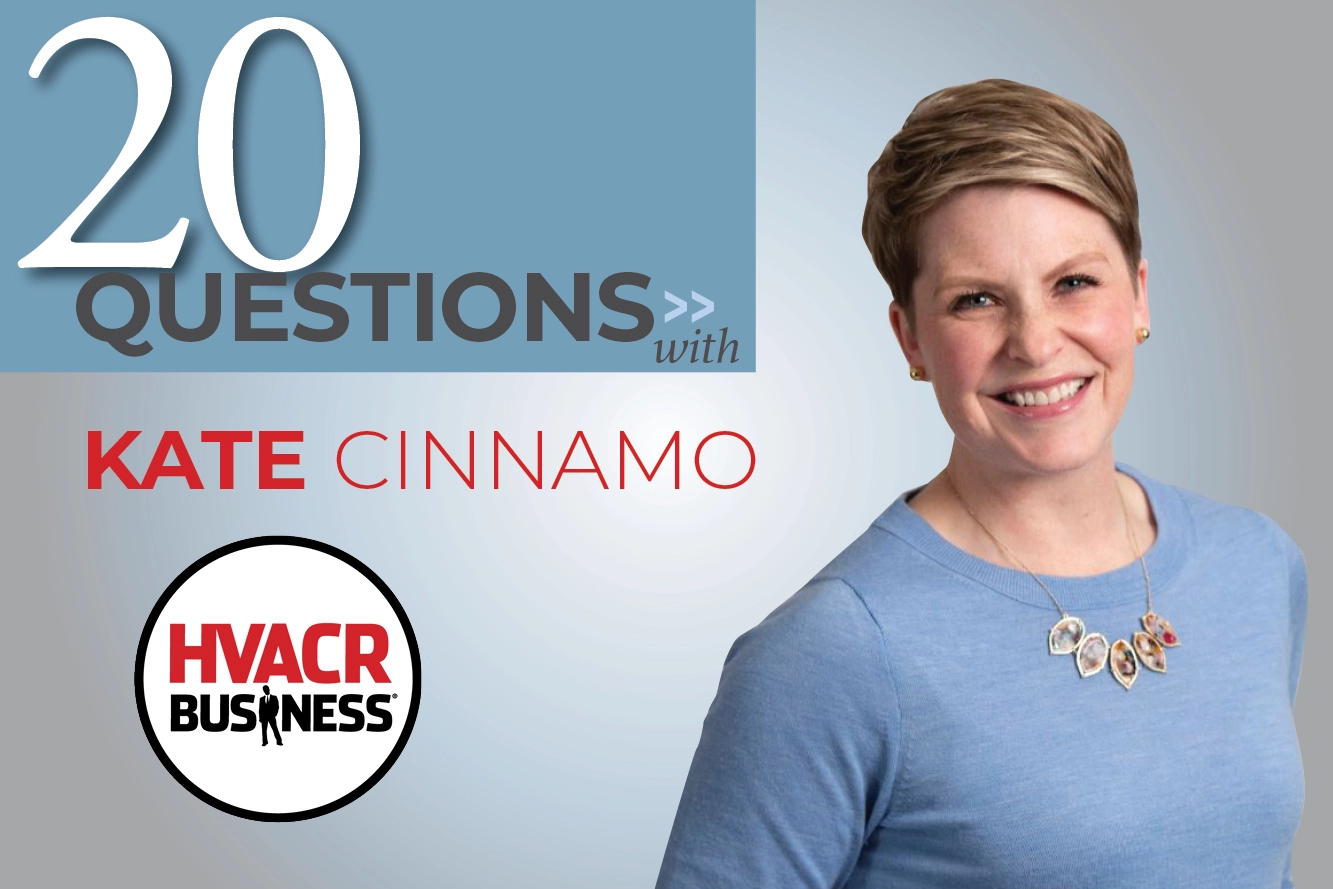A well-designed marketing strategy is a key component of driving short- and long-term revenue and growth. Here are 10 critical questions your management team can use to build highly effective communications between your company, your customers, and your prospects.
1. Who is the consumer of our products and services?
While this seems like a simple question, the answer is anything but. Customers fall into income groups, male or female, housing value (low, medium, or high), age categories, commercial categories, titles, ethnicity, etc. What’s important is to gather as much information as possible about who will buy your products and services and why. All will have different reasons and rationale for buying.
2. How do our products and services fit the group(s) we’ve identified?
What do they do for customers/prospects (in their eyes)? How is your product/service different from your competitors’? How do customers/prospects perceive differences in the products and services in the marketplace?
3. How do our major competitors communicate to customers/prospects?
Do your programs compete for time and attention? (Think about this not just with HVACR, but also with the entire home-investment marketplace.) It’s important to know what you are competing against if you want to have the upper hand in communications. Also, evaluate the competition for strengths and weaknesses. It’s logical to exploit their vulnerability.
4. What information will make customers/prospects believe in the benefits of our products and services?
Most importantly, do you understand enough about the customers’ needs and expectations to put together this type of information?
5. Does our company have a personality or a brand that separates us from competitors?
Can you use your brand to further define your products and services and to add value to the selling proposition?
6. What do we want the customer/prospect to do when they see, hear, or read our marketing message?
This is a critical question for moving a potential buyer’s behavior along to the eventual sale. Do you want them to request a brochure; call for an appointment; or possibly come to an open house to see your showroom and a product demonstration?
7. Have we established measurements whenever and wherever possible for our program?
Marketers who complain they can’t document the ROI on their marketing communication plan fall into two categories: Too lazy and way too lazy. For every marketing program you can think of, there are ways to measure it. If you follow the guideline in No. 6, you will have a potential measurement for the message or the medium. If you don’t get the behavior you’re looking for, modify or change the message — and do it until you see the result you are after.
8. Have we done enough research on our existing customers?
Use every means possible to gain feedback. Ask a question or two from every caller, conduct website inquiries, and use your customer service call center. Keep track of the questions and the answers and use them to tweak the communications. List the types of research you will need in the future to enhance the effectiveness of your program.
9. Have we established a database of customers/prospects?
Populate it with critical buying information for specific targeting programs, such as spring or fall tune-ups, specials on accessories, IAQ issues, duct cleaning etc. Use all of your resources (phone, in-person calls, mailings and more) to collect this critical data.
10. Do we know enough about social media?
To be competitive you not only need a great website but a social media presence as well. To be effective, and to be competitive, you will have to both understand and use a multitude of platforms. We’ve written extensively on the subject, and articles are available for review in our archive at www.hvacrbusiness.com. A successful marketing communications strategy is no different than any other part of your business operation — you get out what you put in. As the leader of your organization, you have to know what you are communicating to the marketplace, how you are communicating it, and how you are analyzing the results






